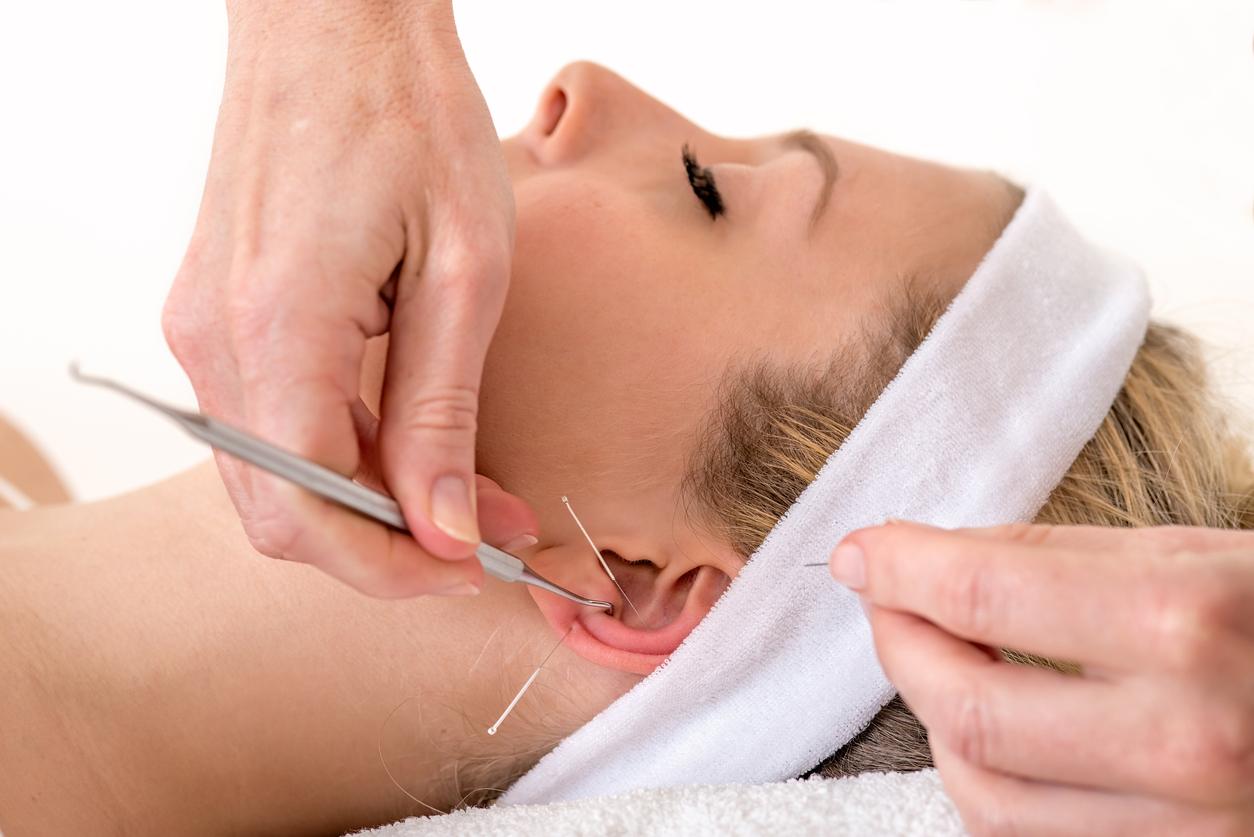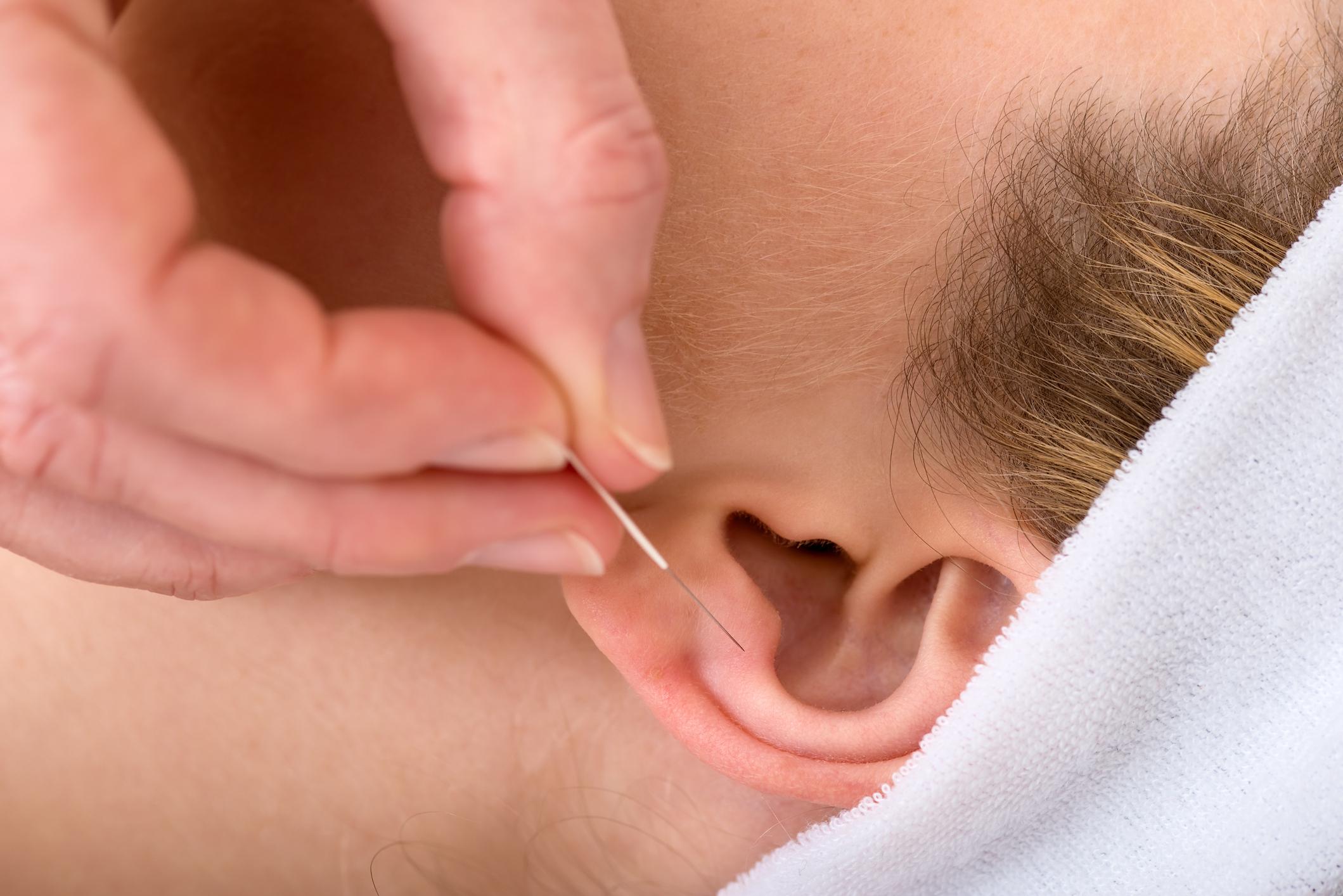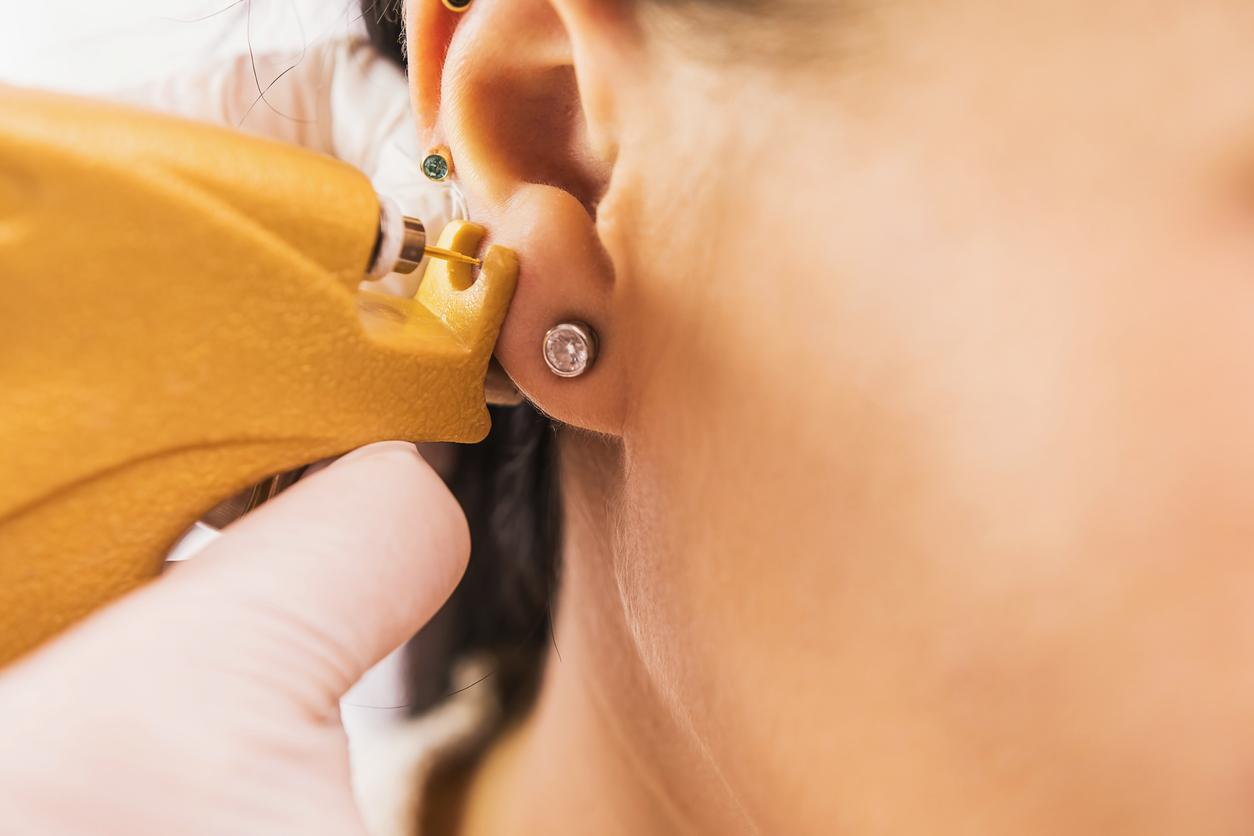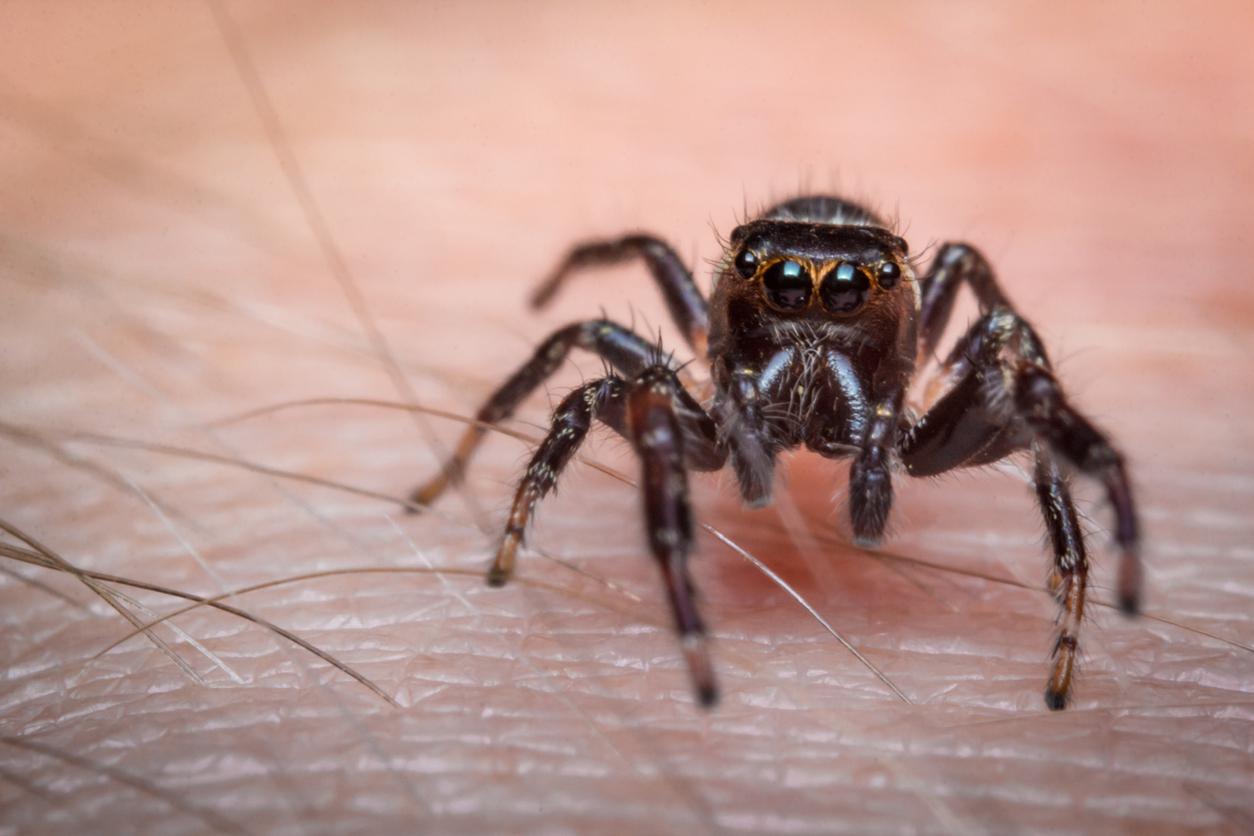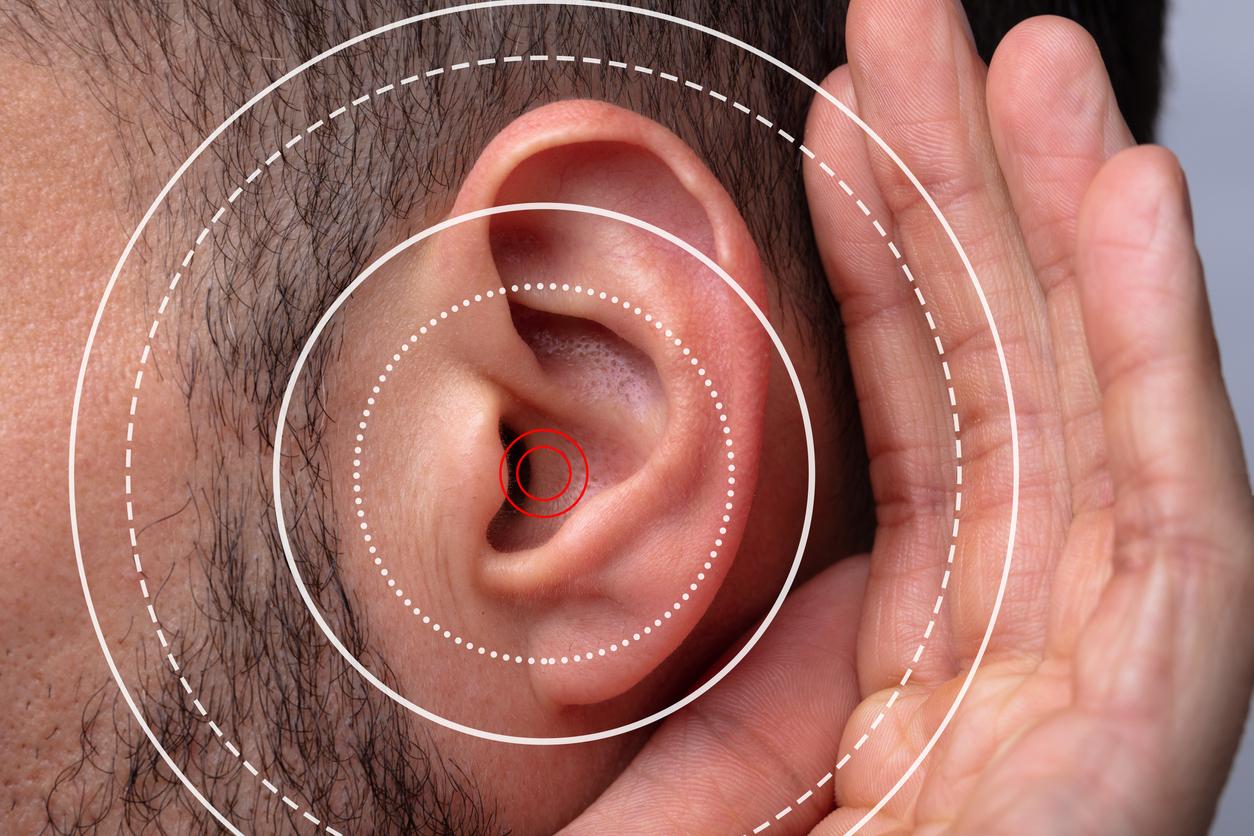Ear infections, common in toddlers
Oddly enough, to understand why children get ear infections, the key element is not the ear, but the conduit between the ear and the nose: the Eustachian tube. Everything revolves around the nose-duct-ear trio and the child’s age. Before 2-3 years, they do not know how to blow their nose and they sniffle to clear their nose. The microbes accumulated in their nasal cavities then go up in part through the eustachian tube to the ear. This is how a simple cold can turn into an ear infection.
Although commonplace infections, ear infections must be taken seriously. We know that the earlier the first episode occurs, the more the risk of recurrent ear infections increases. It is therefore important to consult if the child complains of pain or rubs the ear regularly, if he has a fever or if a discharge of pus appears. And, then, it is necessary to follow the antibiotic treatment prescribed during an acute episode. Ear infections in themselves are not contagious, it is the virus that accompanies them that is transmissible.
There are several types of ear infections:
– Otitis externa, known as “swimmer’s” : the inflammation is located in the pinna of the ear. Usually caused by an allergy, a bacterial, viral or skin infection, or by water left in the external ear canal. The pain is sharp and increases if the ear is pressed. A discharge may escape from the ear.
– Infectious otitis media : it is due to a viral or bacterial infection which reaches the ear by the Eustachian tube. Frequent in children with colds, the discharge from the nose and throat is more difficult, bacteria and viruses get stuck in this duct. The pain, sharp, is accompanied by fever, headache and throat, as well as possible vomiting and diarrhea. In some cases, it can reach the stage of abscess.
– Internal otitis: Otitis interna is a viral (mumps, measles, flu) or bacterial (poorly treated otitis) problem often accompanied by ringing, deafness or nausea.
7 tips to prevent ear infections
1. Ban smoking at home: passive smoking increases the risk of ENT infection by 60%.
2. Think of gastroesophageal reflux disease: if your baby has a cold, summer or winter, and even if he has no other signs. Treatment of this reflux, which affects 8% of children, reduces the frequency of infections.
3. Up to 3 years, use growth milks: they are adapted to the needs of the child in iron and a deficiency increases the risk of otitis.
4. Protect him from infections: vaccines against “Haemophilus influenzae” and pneumococcus limit meningitis, other major causes of deafness in children.
5. Wash his nose at least once a day: with physiological serum or with a seawater spray.
6. Don’t let him sniffle: blow his nose and teach him to do so as soon as he is old enough to blow into a handkerchief (around 18 months).
7. Cover it in cold or humid weather: but without wrapping it up, to avoid “hot and cold”. In short, neither more nor less than you!










